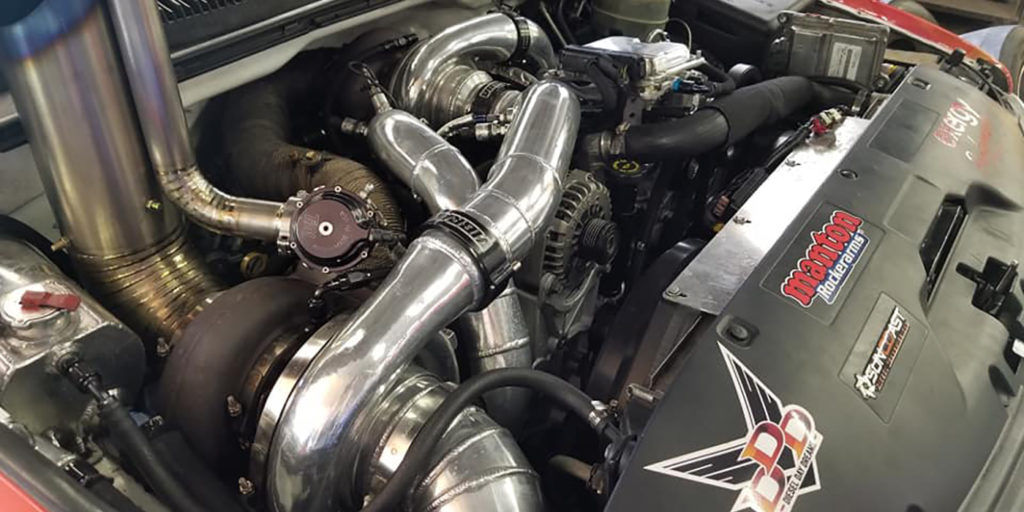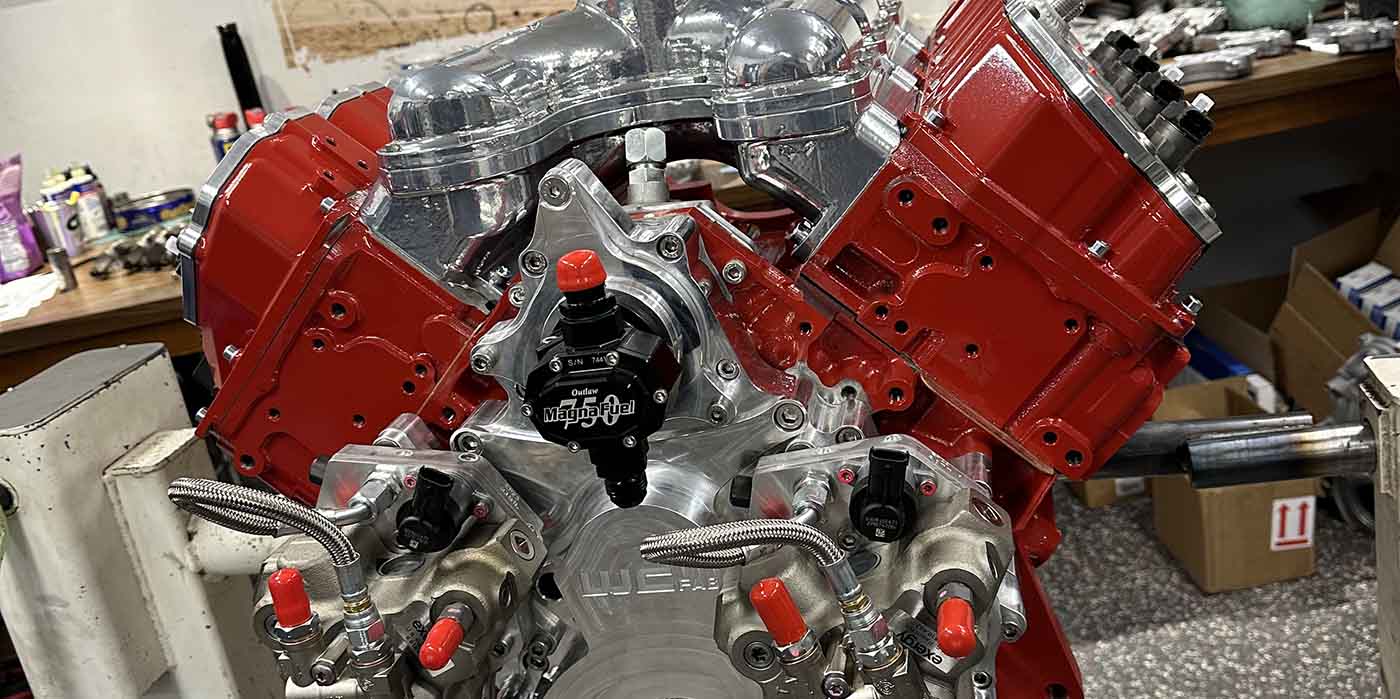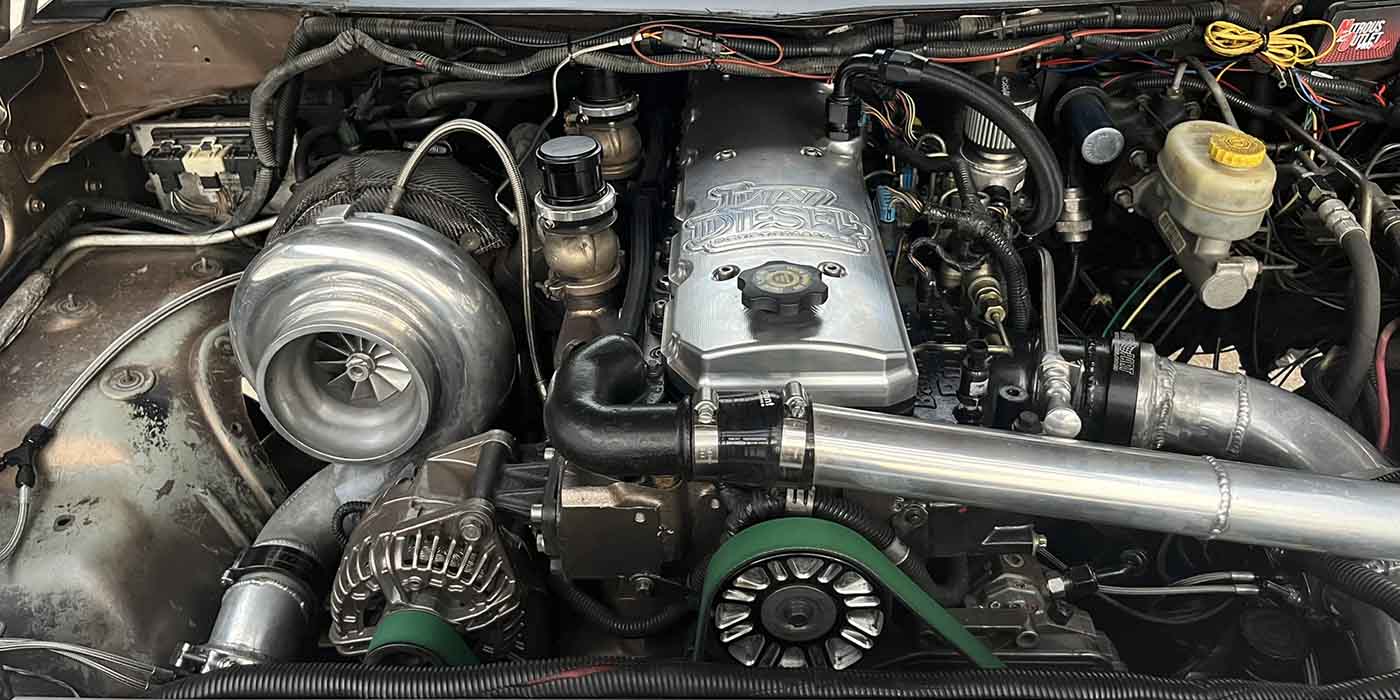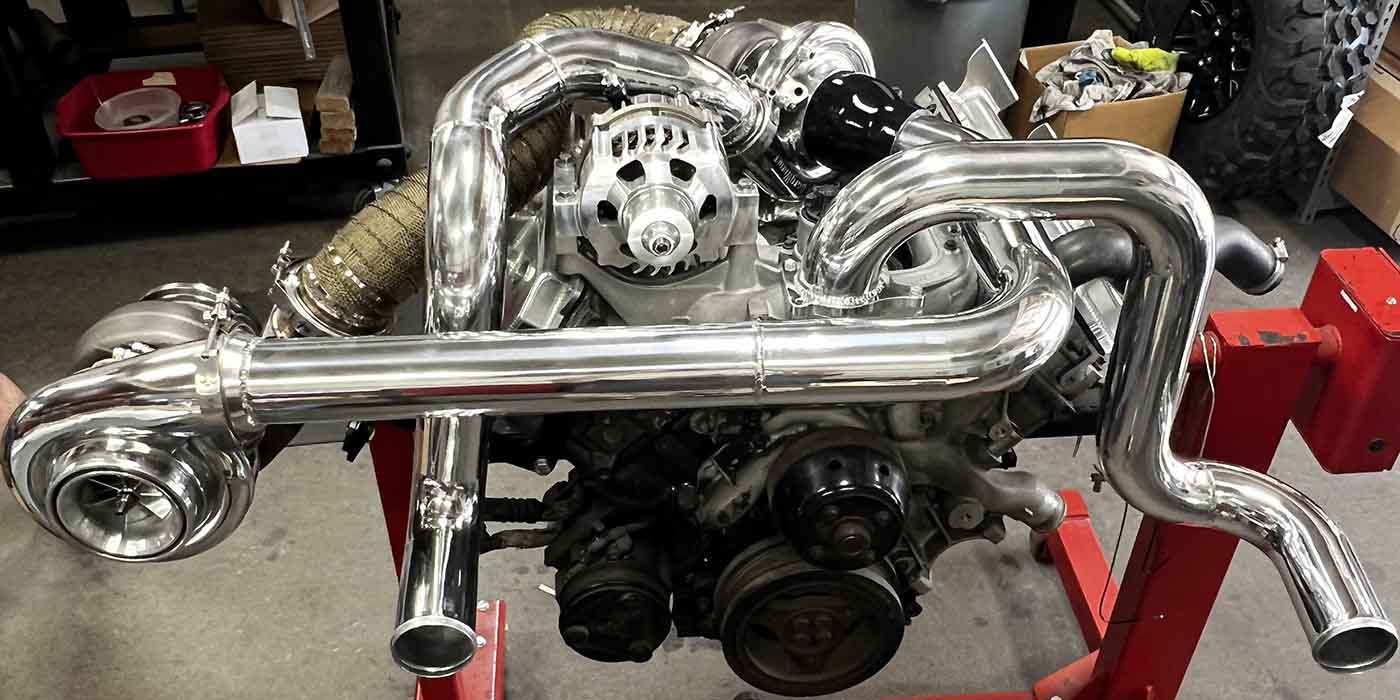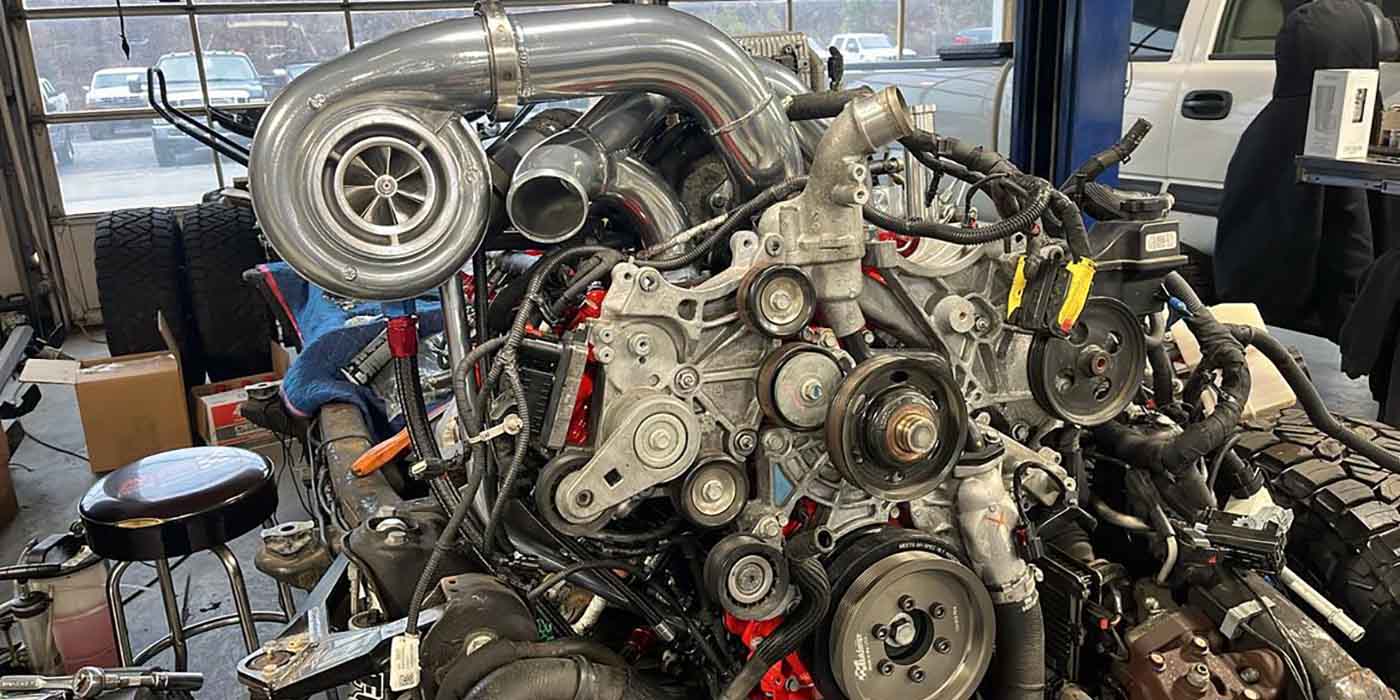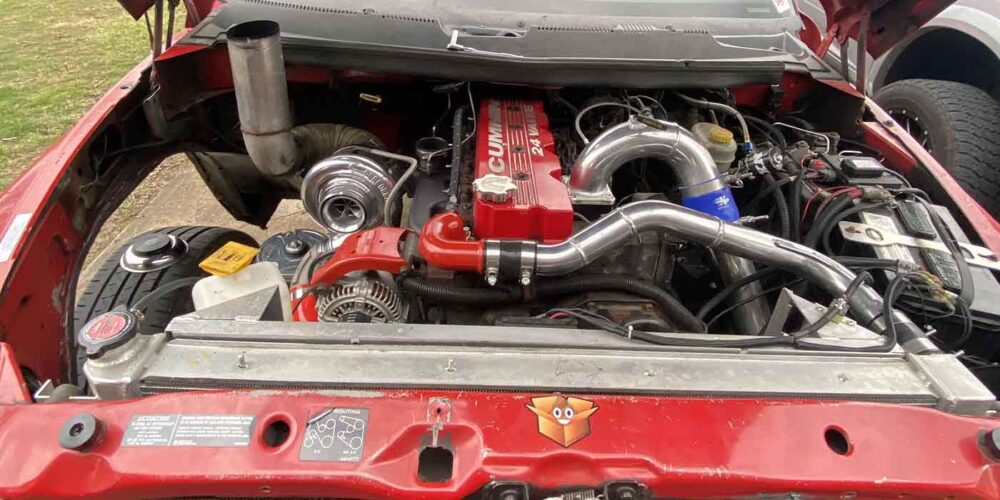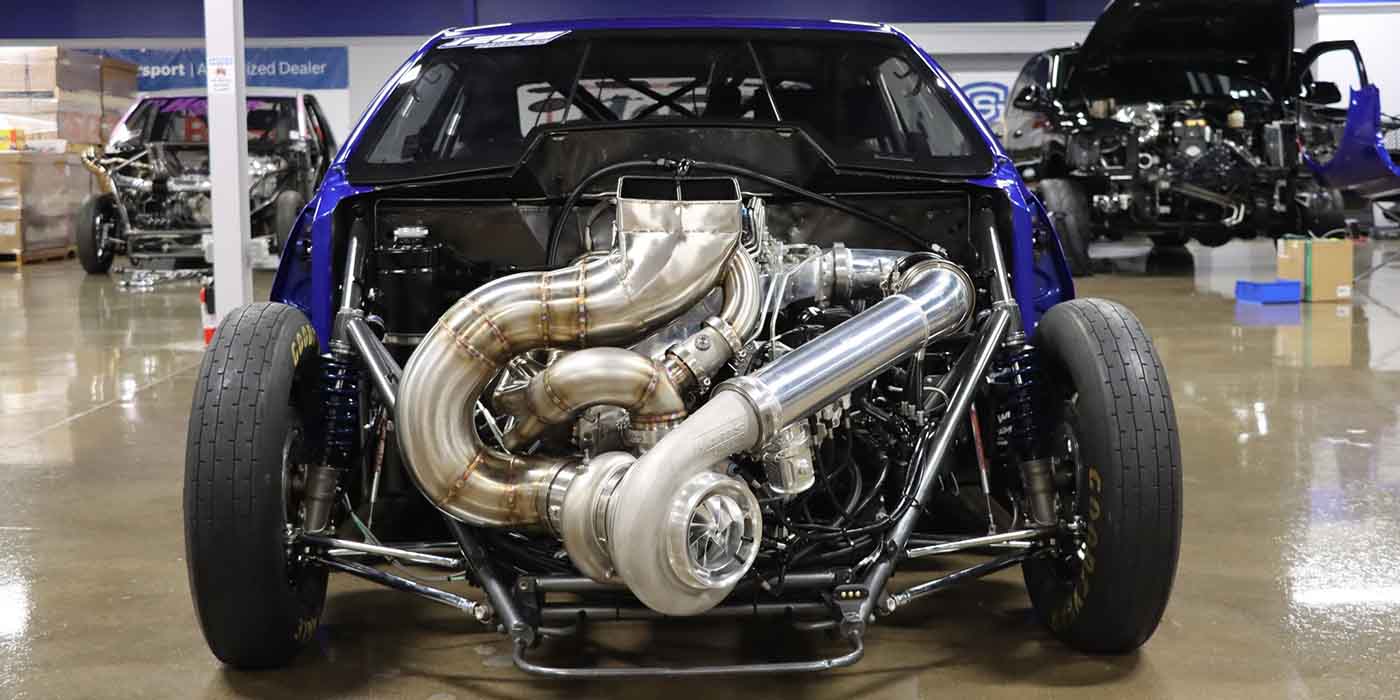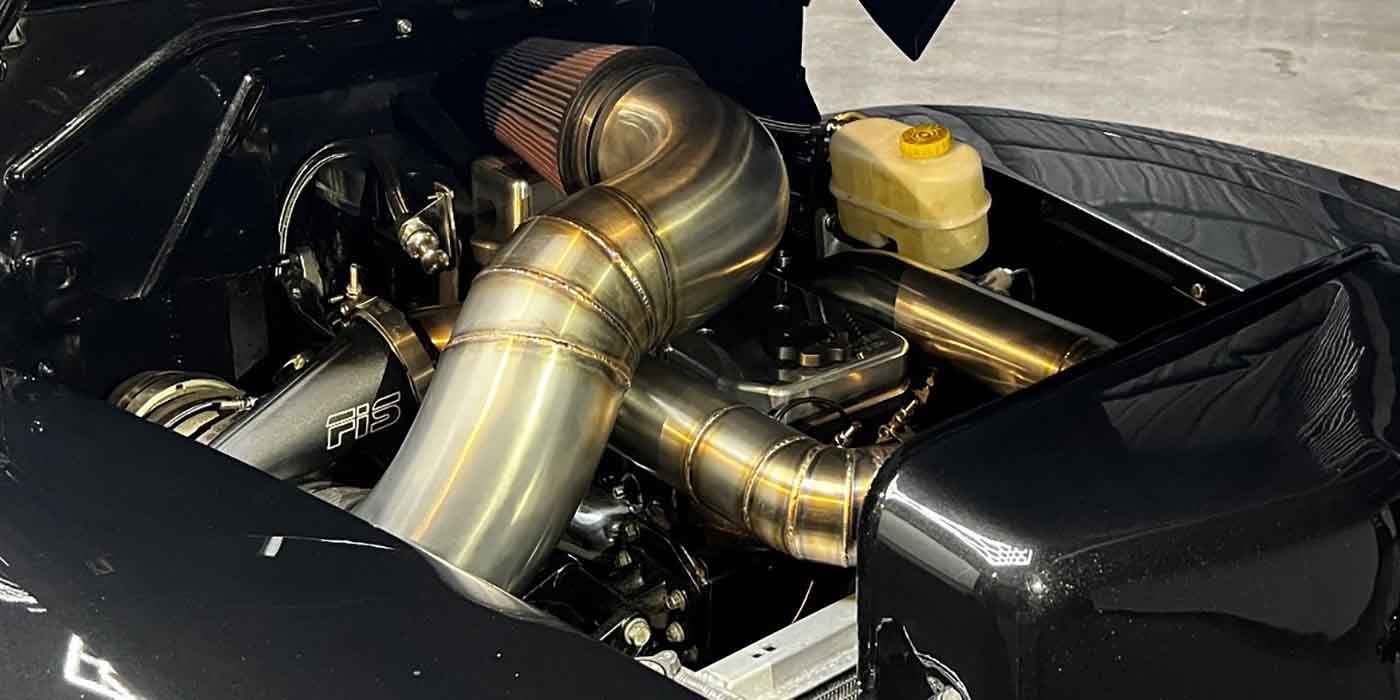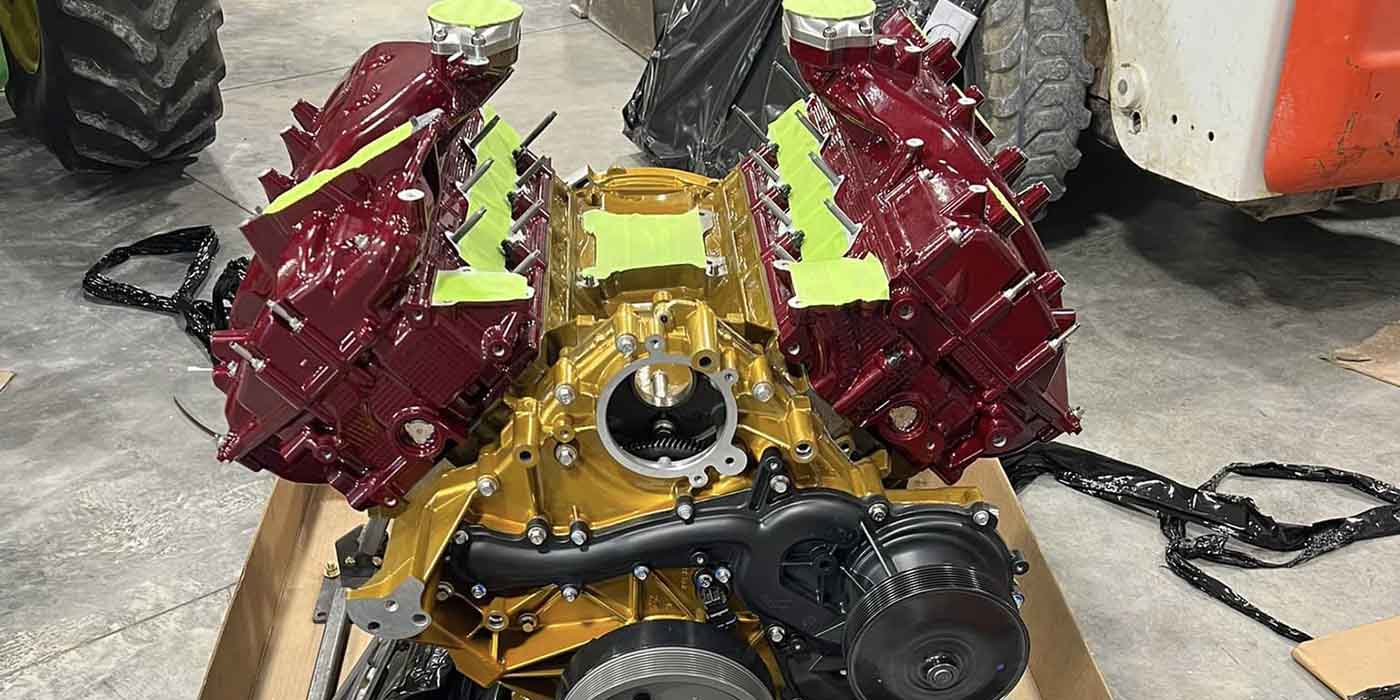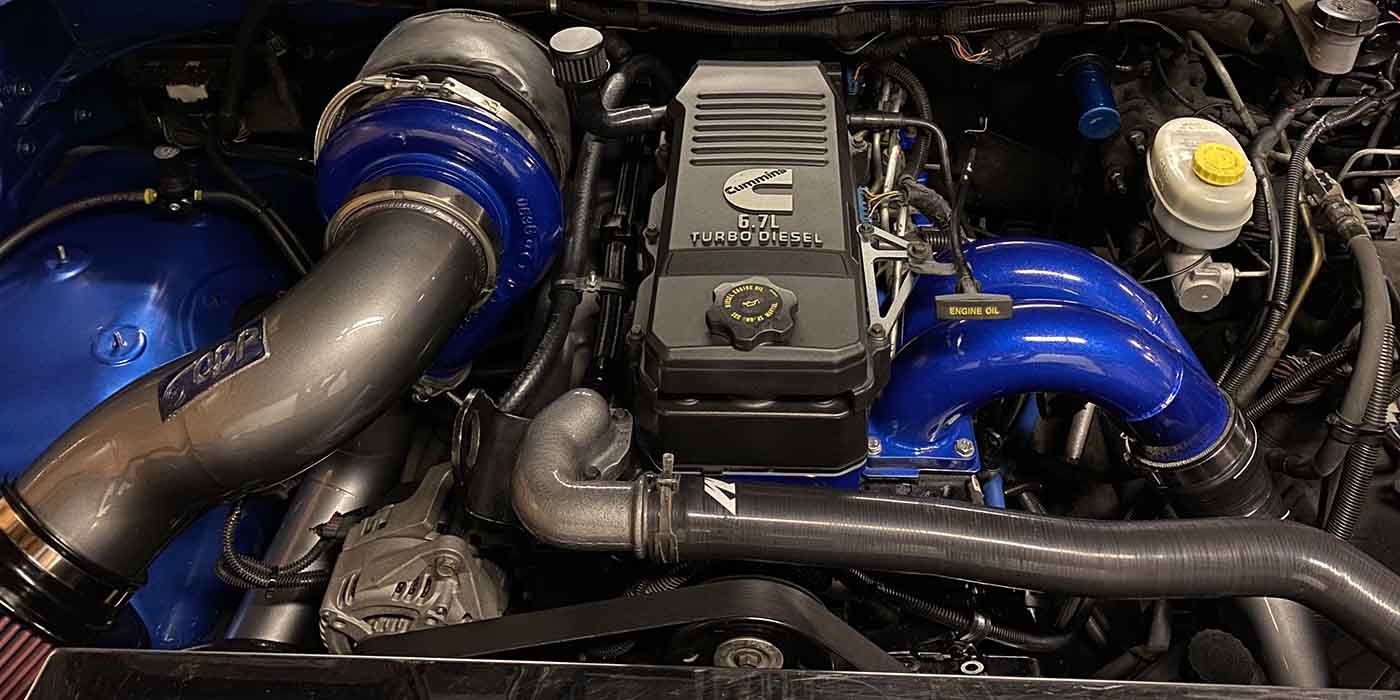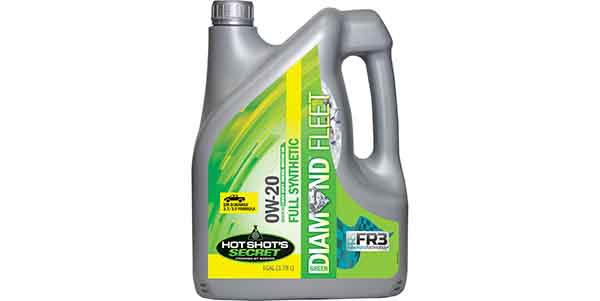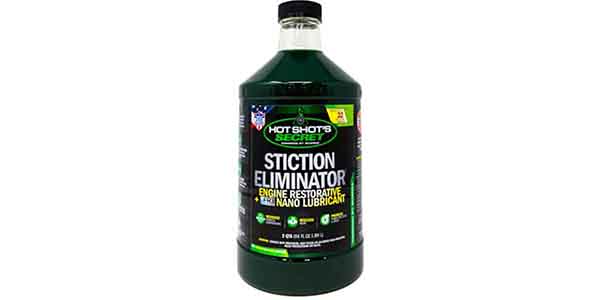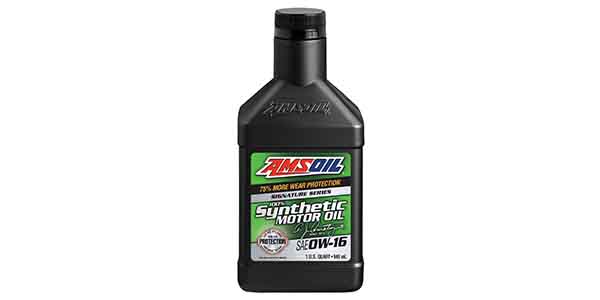Diesel of the Week is presented by

For most of us unindoctrinated with diesel trucks, you likely share the view that they are huge, smokey, gas guzzler vehicles. That’s exactly what Wade Boyd initially thought before he bought himself an ‘02 Chevy Duramax and began to tinker around with it.
“I had always thought of diesels as being these kind of luggy, slow, smoky things that towed trailers and got in everybody’s way,” says Wade Boyd, owner of Diesel Day Dreams in Northglenn, CO. “I never really looked at them as a performance vehicle. These things can be fast, was never something that entered my head about this big, huge, chunk of metal we call a truck. They’re just land yachts. It was really a turning point when I realized what the capability was of the Duramax and the diesel platform.”
Wade’s first taste of unleashing diesel power came when he was on a road trip with his family to California. They passed through Utah where an event was happening at one of the local drag strips, so they stopped in to check it out.
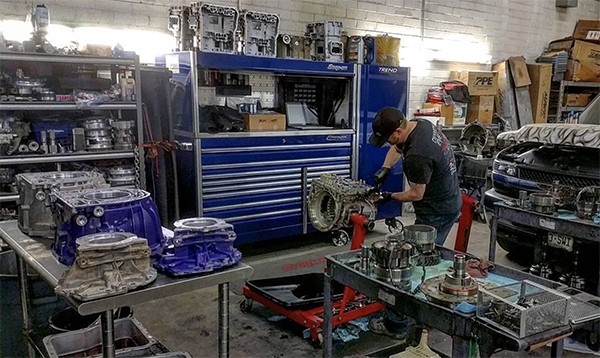
There was a company exhibiting there by the name of Edge Products, which had just released a new chip product for the Duramax. After some serious convincing to get Wade to try the product, he allowed them to plug this chip into his main engine harness and took the truck for a test drive down the street.
“I grabbed a foot-full of throttle and the truck just tears the tires loose a quarter of the way down the street,” Boyd says. “I was just dumbfounded. This type of performance increase in my boosted car would have cost me five grand. Instantaneously, that was the moment of my downhill slide into performance diesel. I was just enamored by what I just felt and how much power there was.”
Wade had grown up a gear head, but he had always gravitated toward the gas engine side of things. Despite a strong appetite for the industry and a knack for mechanical engineering, Wade didn’t immediately choose a career in automotive. Instead, he chose to get into mortgages at a young age because of a well-paying job opportunity.
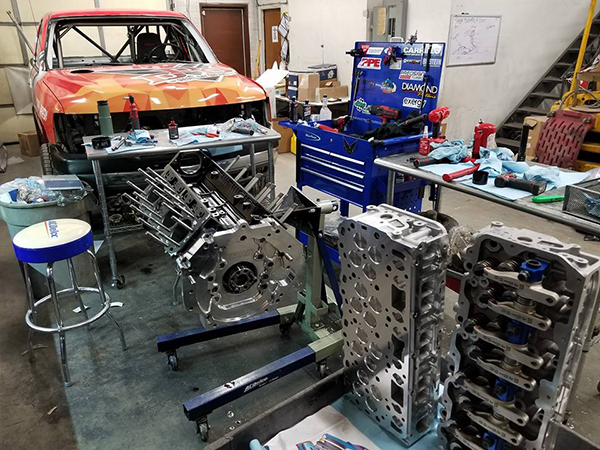
“That kind of supported my racing and gear head habit,” he says. “When I was looking to get a truck as a tow vehicle, I test drove all three of the big diesel trucks at the time – the ‘02 Dodge Cummins, the ‘02 Ford 7.3L and the ‘02 Duramax. When I drove the ‘02 model Duramax, it was by far the quietest one. The other thing that really appealed to me, at that point in time, was that it had no aftermarket following, none whatsoever. I couldn’t do anything to it if I wanted to. That was a bonus for my wife. However, with me and my mechanical brain, it was just a matter of time before I tried to do something to it.”
Wade’s taste of performance and power at that event in Utah after just a simple tuning change lit a fire under him to explore diesel performance.
“I started to tinker around with some fuel pumps and started pushing the limits of some stuff and started talking to some companies that did electronic stuff,” Boyd says. “I did fuel pressure enhancements and pulled timing out of it. The next thing you know, I’m stacking things up and I’m down at the drag strip running my truck.
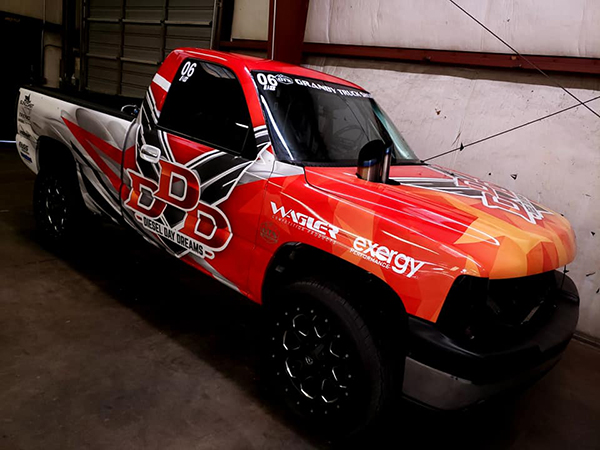
“That downhill slide got me to sell my race car and I started investing in my truck. I started doing more and more things to it and pushing the envelope. The next thing you know, I was breaking national records with my crew cab truck.”
Wade began to make a name for himself in the diesel world back in 2004-2005, especially with the Duramax because it was such a new platform – nobody knew anything about it and nobody was pushing the limits with it.
“The fastest truck at that point in time was a truck out of the Midwest, and he was running a 12.24, which was the Duramax record at that point in time,” he says. “We went out and ran an 11.70 up here on the mountain, granted at a much higher elevation. Everybody else was thinking we were pushing things way further than they were, when in all actuality, we simplified things a little bit. Because of the elevation change, we were able to utilize nitrous and make more power than what guys down at lower elevations were making because they were making more power on air, so they had less fuel to use.
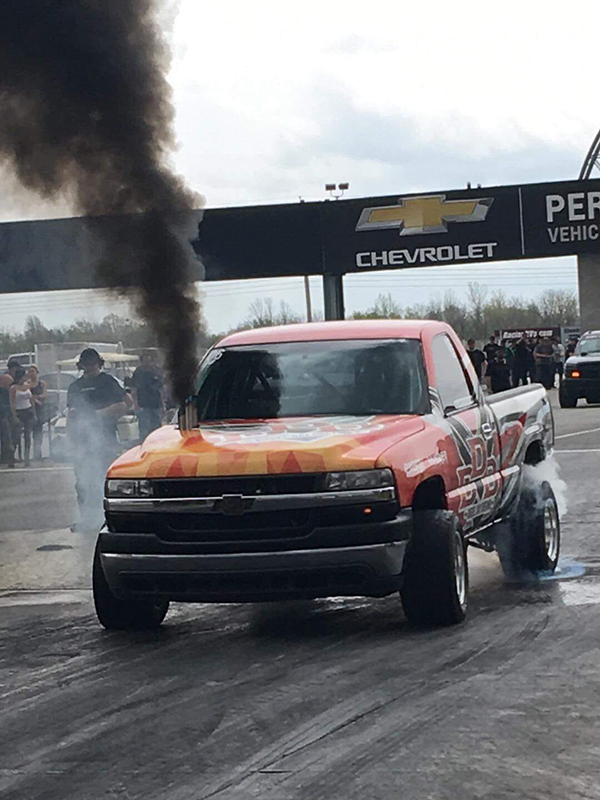
“Up here, we had way more fuel to use and by burning that with nitrous instead of regular air, we were making way more power – to the tune of 80-100 more horsepower than anybody else in the country.”
As Wade kept progressing and making his truck faster and faster, he got the attention of the owner of ATS Diesel Performance. It also didn’t hurt that Wade was using ATS parts in his truck.
“I raced against him and he had no idea what was about to happen – he got his doors knocked off,” Boyd says. “He invited me to sled pull and drag race with them at the next event, so I did, and I did two or three events with them. At that point (2004), ATS was asking me if I had any interest in joining their team. I didn’t really have a lot of interest in making that move. I was making a lot of money and had a really stable career that was kind of funding my ability to even be able to afford to race this diesel truck.
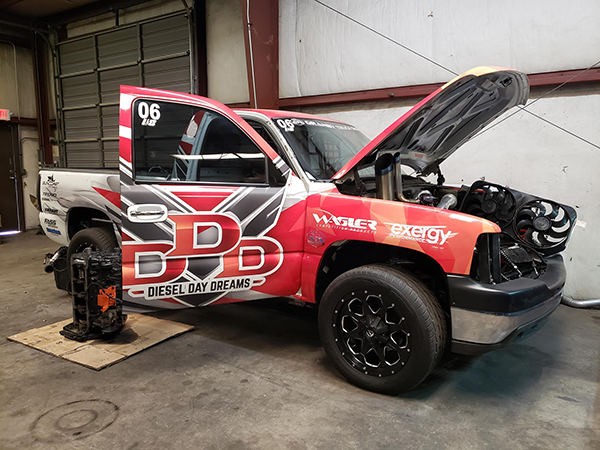
“After another six months or so… he kept hounding me, so I decided it was the direction I wanted to go. I love to do this stuff and I’ve always been a gear head and that would be the time to take that leap. Joining ATS really perpetuated my skillset and my ability to take things to that next level, and I got into the engine building side of things specifically with the Duramax. That’s where we started trying a lot of new things.”
Wade’s knowledge of building Duramax engines since 2005 got him into the sales manager role at ATS, which he did for about four years. However, being on the road and away from his family took a toll. He changed directions and spent a year with Custom Auto LLC in Idaho working for James Brindle, who runs the Ultimate Callout Challenge today. From there, Wade went back to Colorado looking to do his own thing in the diesel landscape.
“My dream was always to see myself as kind of like a Lingenfelter of the Duramax world – a guy with a real high-performance heritage who put quality into everything he did,” Boyd says. “I also like the shock factor. That’s what always drove me in the Duramax stuff is to show people the sexy side of engines, because I look at billet stuff as it comes together and it’s like artwork for me.”
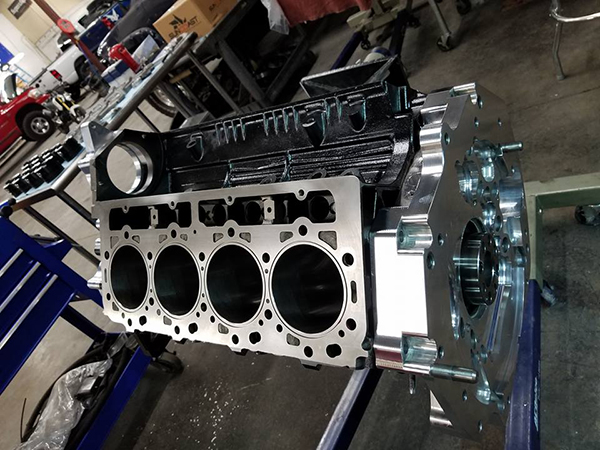
Wade started Diesel Day Dreams in 2008 as a race group. He registered the business name, Diesel Day Dreams, initially to do shirts and stickers and stuff for the race team.
“When I ended up leaving ATS, that became the name of my shop,” he says. “It really took off in late 2009 when I was back here in Colorado. That’s when things really started pumping up and taking off. In January 2010 is when I got my first shop. We do Ford, Dodge Ram and all the GM products. We work on all of them. Obviously, our heritage came from the Duramax performance side of things, but we’re able to apply that into everything we do.
“Our company, believe it or not, is very, very performance light even though that’s our heritage. We do 98% general maintenance – head gasket jobs, stock engine builds and transmission repairs. The performance work is here or there, and generally those are big projects and we only take one on at a time and work through them.”
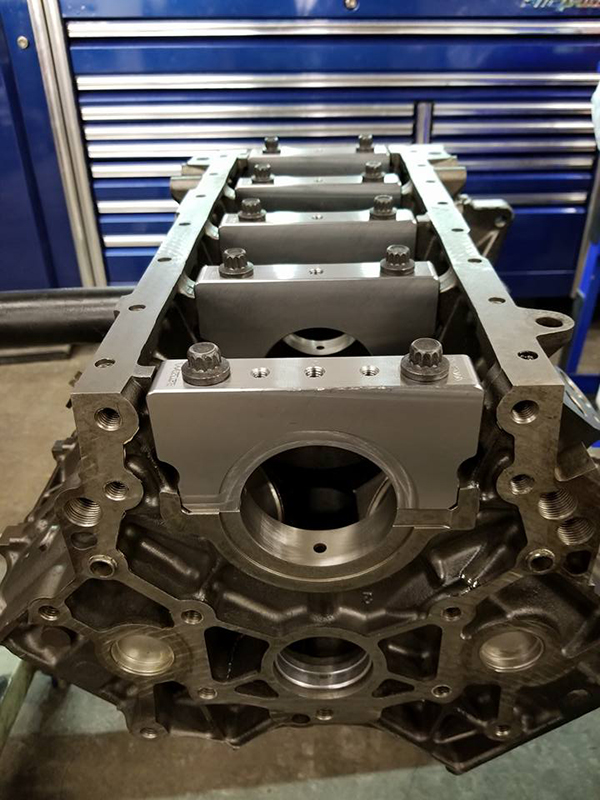
Diesel Day Dreams has a staff of six full-time employees and operates out of a 4,400 sq.-ft. facility, which Wade admits is a bit tight, but a full acre of land allows for expansion. And when it comes to engine machining, Diesel Day Dreams utilizes local machine shops, as well as Wagler Competition Products and SoCal Diesel for the high-performance work.
“We work with both of them on engine and machining projects,” he says. “When we’re dealing with the higher performance stuff, we’re putting together either head or block packages. Those two companies seem to have the best of both worlds of what we’re looking for and we use them for different applications.
“We don’t have a lot of that stuff here in-house yet, but those are all things that we’re working towards. In the next two to three years, we have a growth plan for the building size to double. Once we have that space availability, that’s going to open us up to being able to build an engine room, a clean room and house machinery. We have plans on moving in that direction, but right now we just utilize a lot of different companies that have those specialties that adhere to those quality levels we want.”
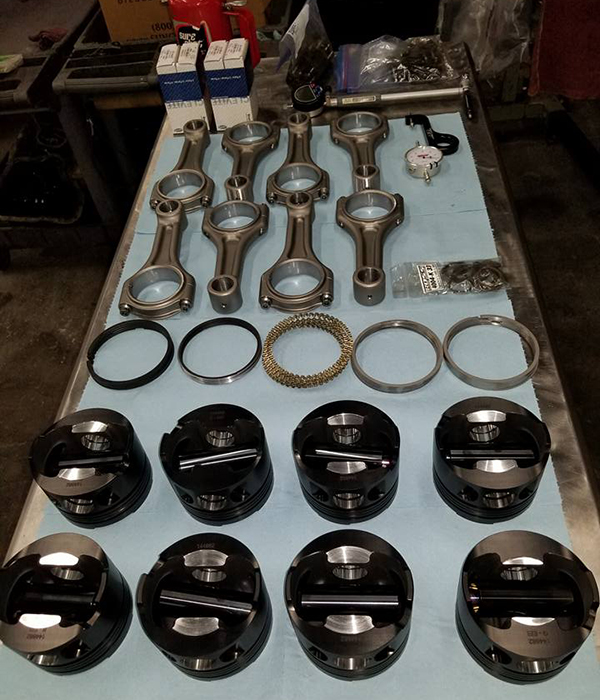
Speaking of high-quality levels, Wade’s own race truck today is nothing short of exceptional. Utilizing an LB7 Duramax, it’s clear this engine has benefitted from Boyd’s more than 15 years of Duramax experience, R&D and today’s modern components.
“On our race truck, we’re trying totally different things,” Boyd says. “Our next goal is to crest over that 2,000-horsepower mark.”
Wade’s previous LB7 set up utilized a factory-style wet block and wet heads, which he pushed to about 1,800 hp before he found the limitations of that.
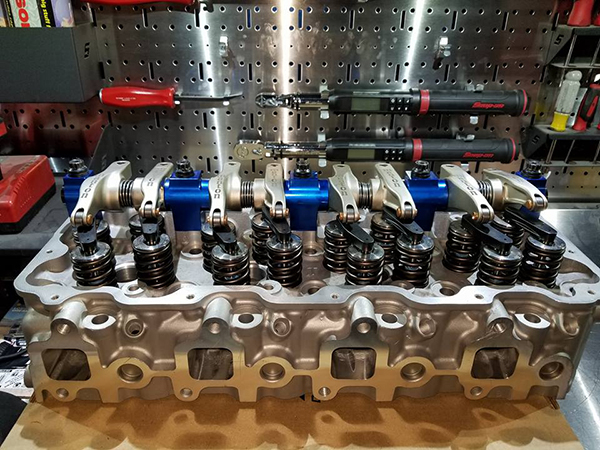
“The heads and castings just couldn’t take it anymore,” he says. “We couldn’t really push beyond the mark that we wanted to hit unless we changed a lot of things up in our program. We started old-school with the LB7 platform, so we just stuck with it and we want to push that platform as far as we can.
“That’s why we decided to make the move to the billet heads from Wagler, because the drag race program that we’ve got was the thing that was killing us. We couldn’t get over that 2,000-horsepower mark without literally flexing, twisting, cracking or manipulating the head so much that they just would become junk after a few runs.
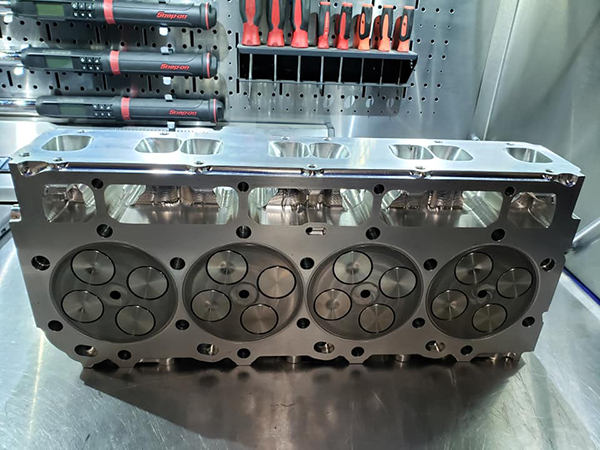
“It’s been a long road, but we’re actually in the midst of putting some stuff together right now with our race engine, trying to get it ready for spring and get some test time on it. The engine has got a lot of one-off stuff and really cool, customized stuff.”
Diesel Day Dreams’ latest LB7 Duramax engine is a 6.6L that’s been bored out to a 6.7L/6.8L. The standard bore is 4.055˝ and Wade is running a 4.100˝ bore, which is what required some of the other changes within the engine.
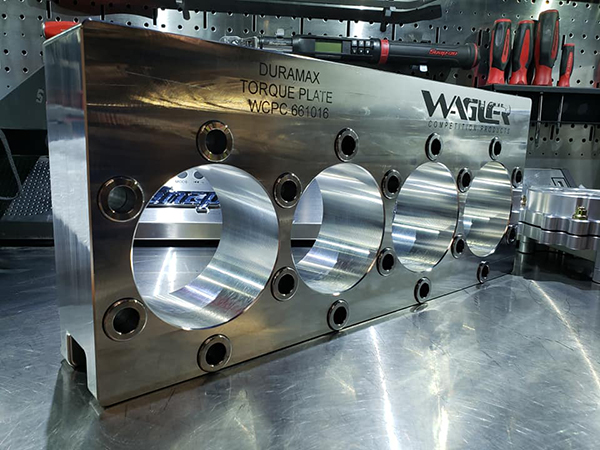
“That required us to change the heads because the valve spacing and everything else needed to change with that much more cylinder,” he says. “We actually changed the valve centers because we went to billet heads, which gave us that ability. We changed the valve centers to where we could actually put bigger valves inside of the heads themselves and then we opened up those runners quite a bit.
“The factory heads can flow a max of about 300 cfm. When we were looking at the final port work, these were right in the 370-380 cfm range, and we still have room to go. We do want to keep some velocity and some other things, so we didn’t want to hog everything out and have an ill effect.
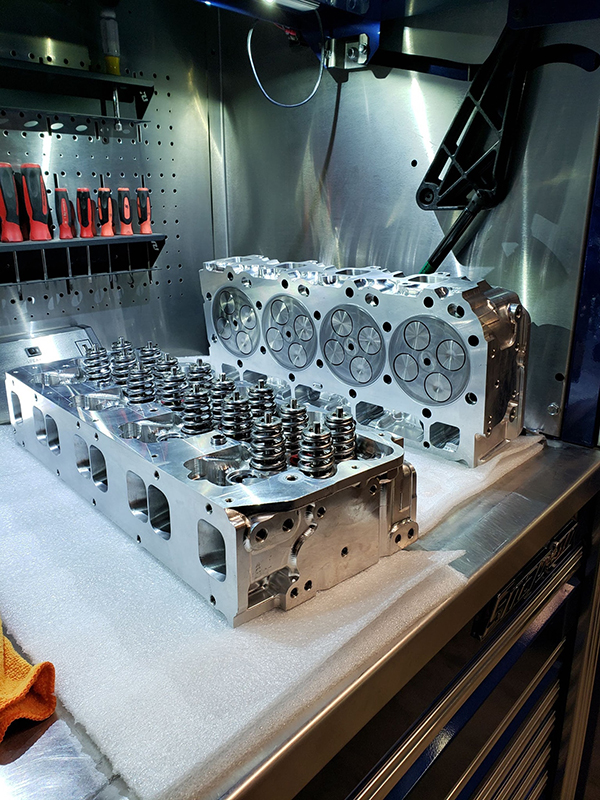
“The heads were originally done by Wagler. They’re just solid billet aluminum heads, so they no longer have any of the coolant passages for the injector cups, so we don’t have to worry about that any longer.
“We run larger valves in the intake and the exhaust, and we’re running 135-lb. Wagler custom springs and retainers as well. Those heads, to my knowledge, are the only heads in existence that are like that. Every other head that’s ever been done as far as the billet application has been a later-model injector style – LBZ, LMM, LML and later. These are the only billet LB7 heads ever made.”
The block is an LML block from 2011-2016. According to Wade, it has better, tighter webbing and is made from CGI iron, so it has a lot less torsional flex, which is the reason why he went with it. Bored out to 4.100˝, Wade decided on a Ross forged piston package and custom Total Seal rings.
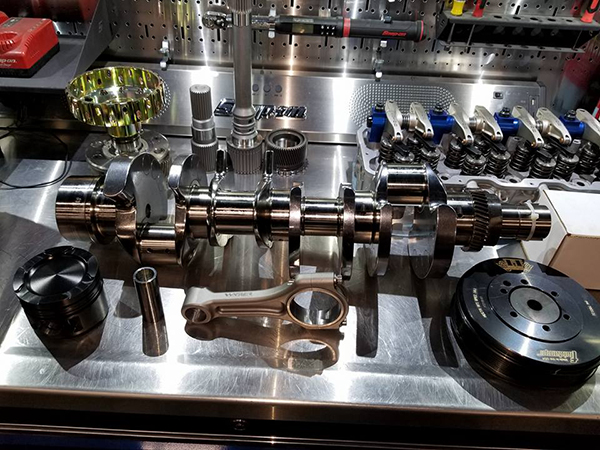
“We are using a Total Seal ring package, which is totally proprietary to Jeremy (Wagler’s) set up with the Ross custom pistons, because they’re using two top compression rings instead of using the really thin ring,” Boyd says. “Through the R&D process, we found that the diesels made so much power and so much boost it would actually blow that little Total Seal thin ring out. What they had to do was machine a ring package for the upper end of the Ross pistons to be able to accept two full-size secondary compression rings, but with a top compression ring design. It’s really revolutionary the way they’ve done things to maintain pressure in the cylinders and not get it down in the crankcase when we’re running 130-140-lbs. of boost. That was really a key, crucial part to the bottom end.”
The LML block also got fully concreted, so it doesn’t have any coolant running through it whatsoever. For the rotating assembly, Wade is running a Callies internally balanced Ultra billet crank and what they call a Callies/Wagler rod, which doesn’t have any taper at the wrist pin, so it’s got a lot more surface area around the wrist pin, but uses a smaller wrist pin.
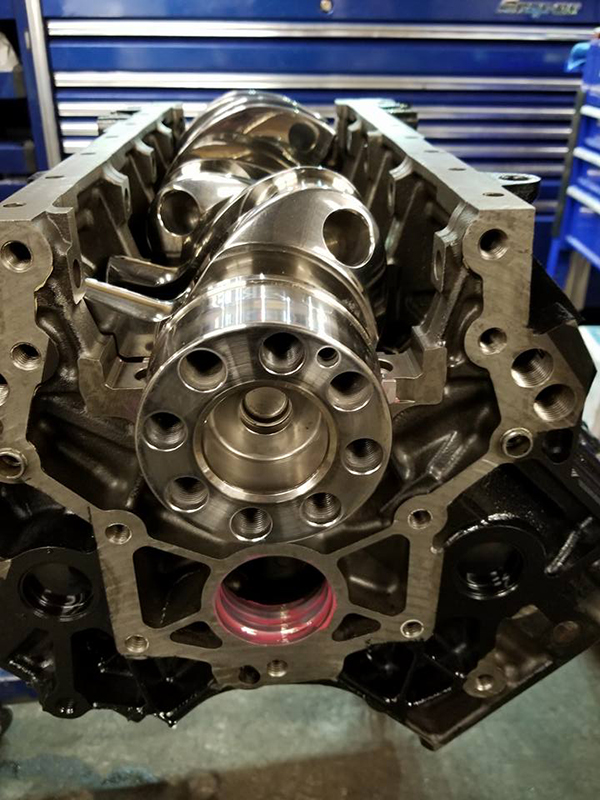
“It’s what we call a Hemi wrist pin and it’s much, much smaller than what the Duramax ones initially were,” he says. “Those wrist pins were custom made by Trend, and they’re a lightweight DLC-coated wrist pin that’s been made specifically for that Ross piston package. If you run the pistons, you’ve got to run the wrist pins and you’ve got to run the rods – it’s a full meal deal – but you’re getting a much lighter rotating assembly.
“The rod to wrist pin connection is also not bushed. It’s just straight metal to metal from steel, so that’s why we have the pins DLC coated. Not having the bushing material in there, the DLC coating keeps it from galling the metal and we don’t deal with the cylinder pressures in the high boost levels crushing that softer bronze material.
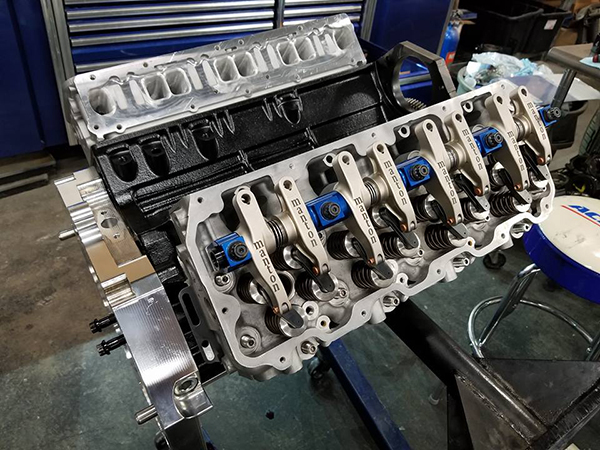
“We used to over lubricate or cool the wrist pin area because of some of those galling problems, but through the Wagler design we got rid of all that stuff. The rotating assembly is where we’re trying to keep everything sturdy for that 2,000-horsepower mark.”
When it comes to the LB7’s valvetrain, Boyd opted for a 9100 series, alternate fire camshaft made by SoCal Diesel.
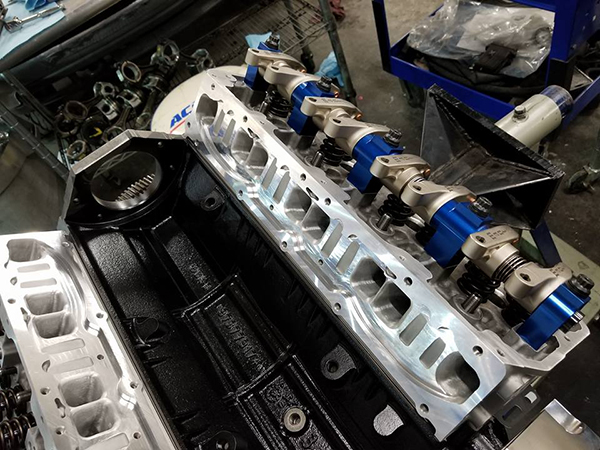
“The reason why you put an alternate fire cam in a Duramax is not really a horsepower thing like in the older gassers, but more of a reliability thing,” he says. “The Duramax would have a 3-1-2 hit on the front snout of the crank, and so you would have three consecutive fires of cylinders upfront. Your ending firing order would be 3, and then it starts with 1-2. You’d always see Duramax cranks break between the two and three journal, typically, because it would just have so much stress from all three of those cylinder hits consecutively upfront, and scrape so much that the crank twists and it would break those journals.
“With the alternate firing cam, it actually spreads out across the block and across the other side in the firing order. It splits that up completely to where the firing order now will bounce back between the front, the middle and the back in the cross section of the firing order. We’re eliminating as much torsional twist as we possibly can on the crank with the alternate firing cam from SoCal.”
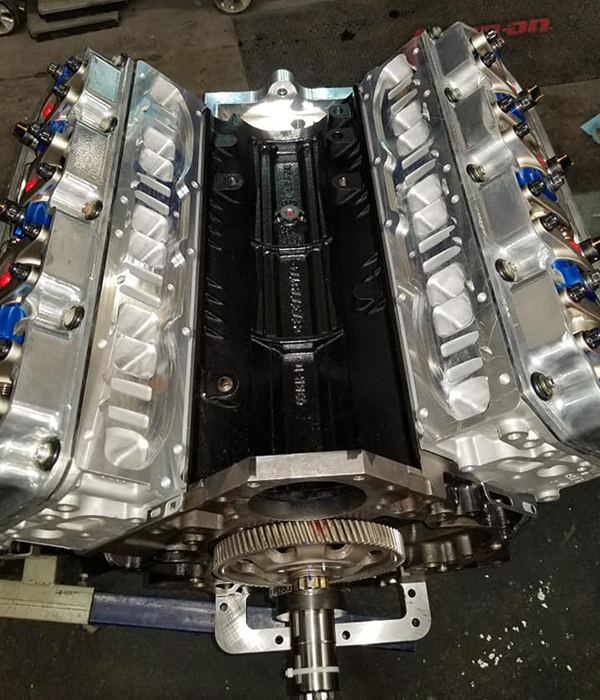
The remainder of the valvetrain is a mix between Manton and Trend on the upper end of the engine. Manton built the pushrods and a full roller rocker tool steel rocker set up for the engine.
“The setup we’re running is one of a kind,” Boyd says. “They prototyped everything on their steel roller rocker setups for later model engines, which have totally different injector locations. When you try to put them into an LB7 package, they actually don’t clear. We had to go through and clearance them and customize them ourselves when I built the engine.
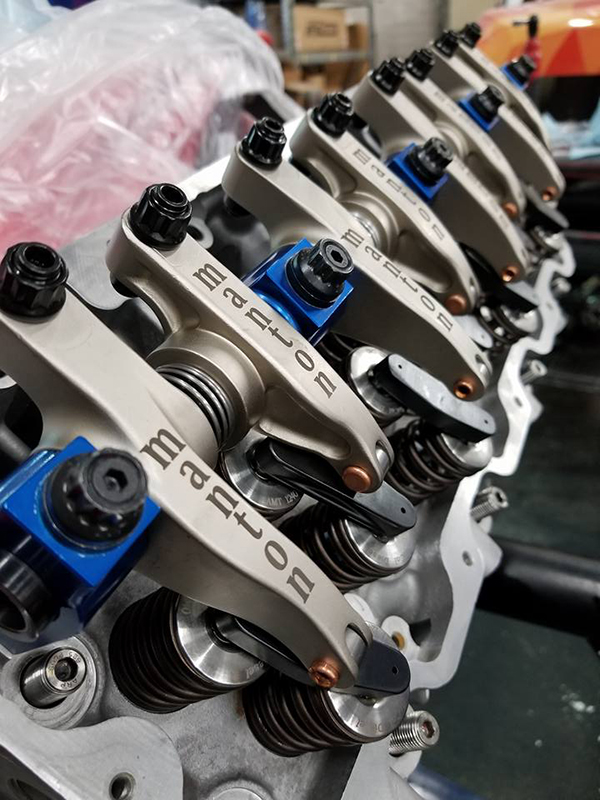
“The spacing for the valve bridges had to be moved, which also created some issues as far as the oiling passages on the rockers, so we had to modify that. There’s a lot of modifications we had to make to be able to make the Manton tool steel roller rockers work with our engine package, which we did.
“The other important part of that is we have Trend DLC-coated rocker shafts, as well as the their billet aluminum rocker shafts stands to be able to take all that extra tension and that load we’re putting on it with, not only the 135-lb. springs and a larger valve surface area, but we’re pumping 130-lbs. of boost on the top end of everything. Being able to close those things down and keep everything shut under those types of pressure points is super important.”
When it comes to the fuel system on the LB7, Boyd has put a lot of faith behind Dynomite Diesel Products and their injectors.
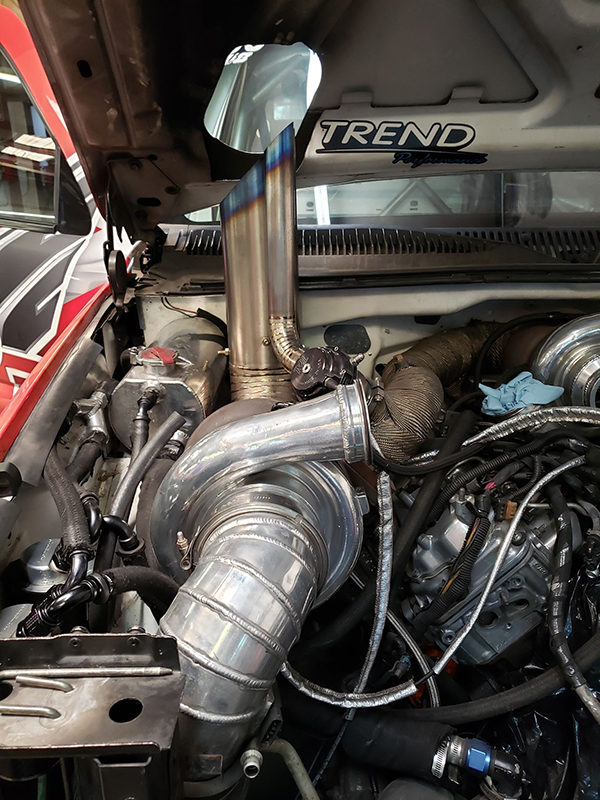
“We ran their new prototype injectors at UCC, and it just opened up a whole new world,” Boyd says. “Our previous injector set was about a 350% over injector and we were at that 1,800-horsepower mark, but we were just dead out of fuel. To take it to that next step, we went to DDP and got new injectors.
“We were able to run a 6.12 at 118 mph in the 1/8th mile, which blew our previous record of 6.46 at 113 mph out of the water. The technology steps that we’ve taken, like with the turbochargers, even outside of the injectors, those helped us solidify the fuel system.”
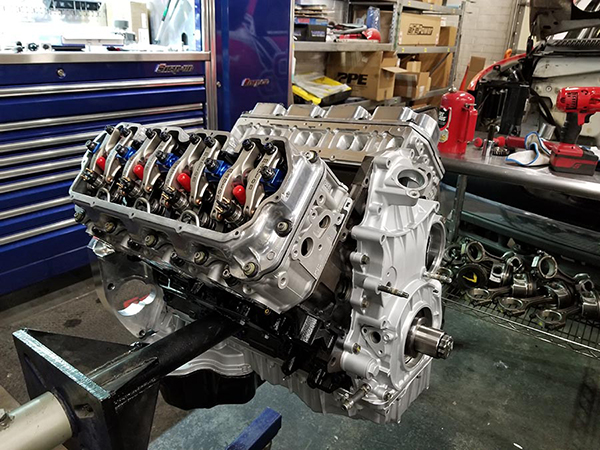
Wade is running twin 12mm stroker CP3 pumps from Exergy, which are fed with twin 260 gallon-per-hour Fass fuel pumps. The engine is also running a compound turbocharger set up with twin Garretts.
“Both turbos are ball bearing turbos,” he says. “We’re running an 80mm top charger with a billet wheel in it. The lower atmosphere charger is a GTX 5531R, and that one is a 98mm and has the GTX billet blade wheel in it. Our atmosphere and our primary are both wastegated. Everything was custom built and stainless TIG welded by Vi Engineered. They did all of our custom aluminum piping for our charge air cooler system too.”
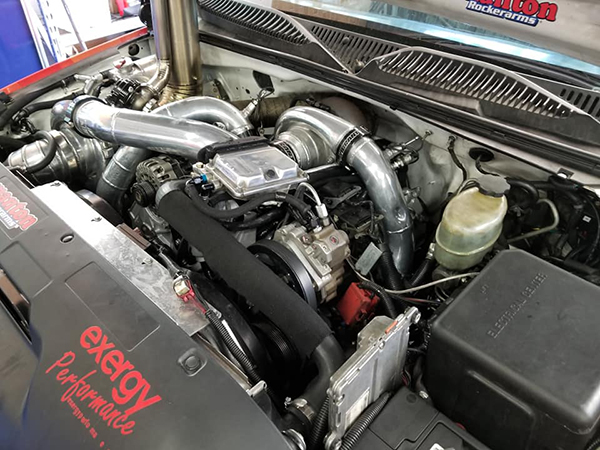
With this set up, Diesel Day Dreams was making 115-lbs. of boost, and according to Wade, it had so much torque that it would just walk down the road.
“We turned everything down to about 94-lbs. of boost from 115 and we knocked off a 9.97 at 129 mph,” he says. “Then we drove it home. That was one of the appeals to me in this whole thing. One of the things I wanted to prove initially, before we even took the steps to this bigger stuff where we took the coolant out of the equation and everything else, I wanted to show people what we could do having an 1,800 horsepower diesel truck that we could drive five and a half hours across state lines to go drag race and change the tires out and go run nines at 140-plus mph. It’s an amazing thing.
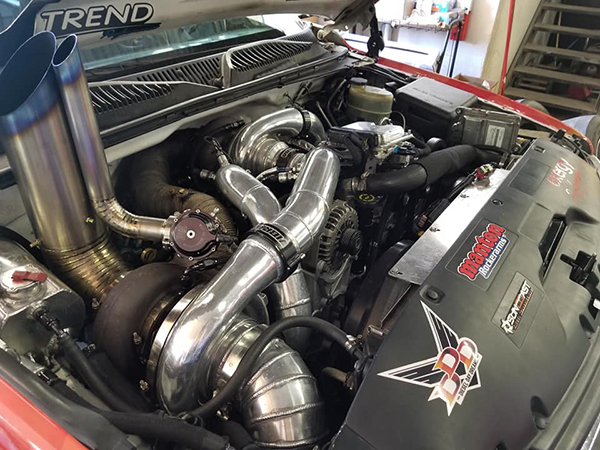
“You don’t see a ton of people racing diesels. That’s the thing that always appealed to me is it’s not something that everybody does. It garners a lot of attention and it also makes you have to think outside of the box. We were getting 1,800 horsepower out of it and now we’re shooting for 2,000-plus horsepower.”
With this brand new set up on the LB7 Duramax, compound turbos and nitrous too, we have no doubt Diesel Day Dreams will reach its horsepower goals and continue to break barriers in the Duramax world.
Diesel of the Week is sponsored by AMSOIL. If you have an engine you would like to highlight in this series, please email Engine Builder magazine’s Editor, Greg Jones at [email protected].

